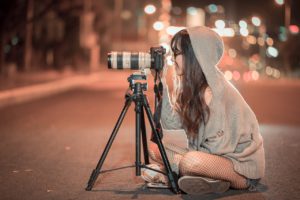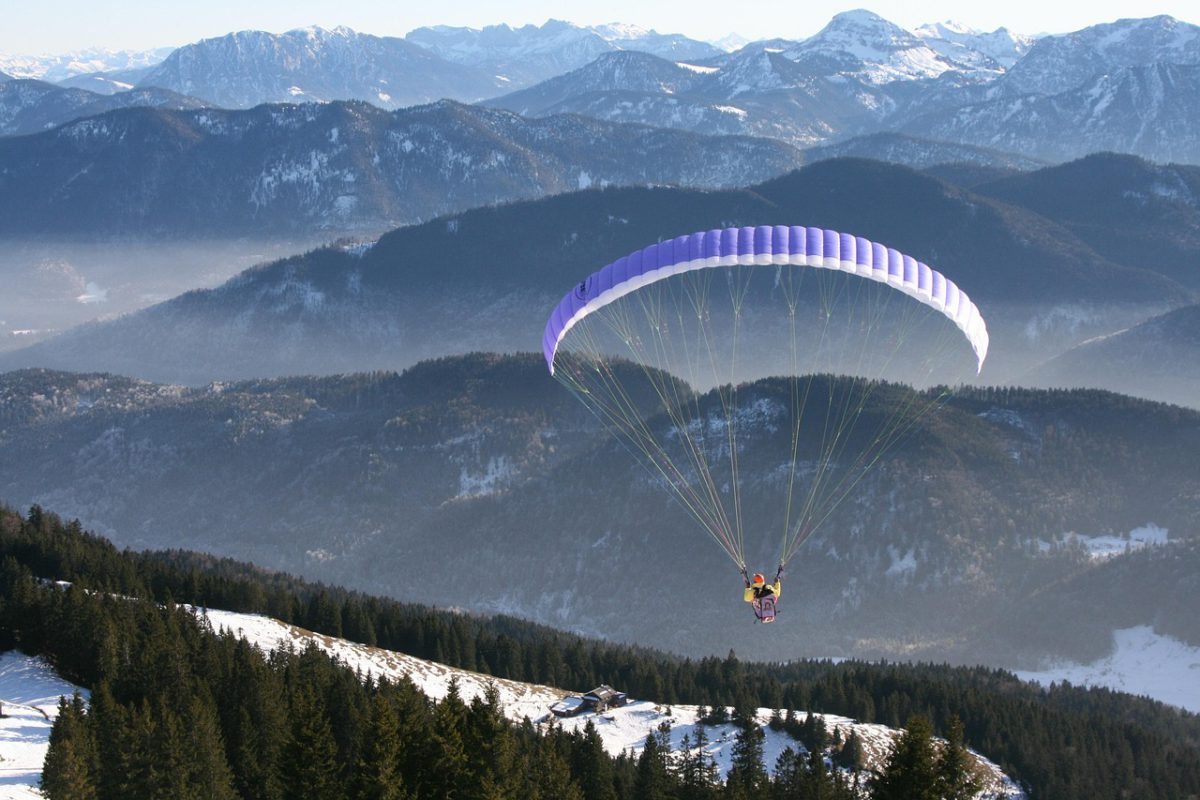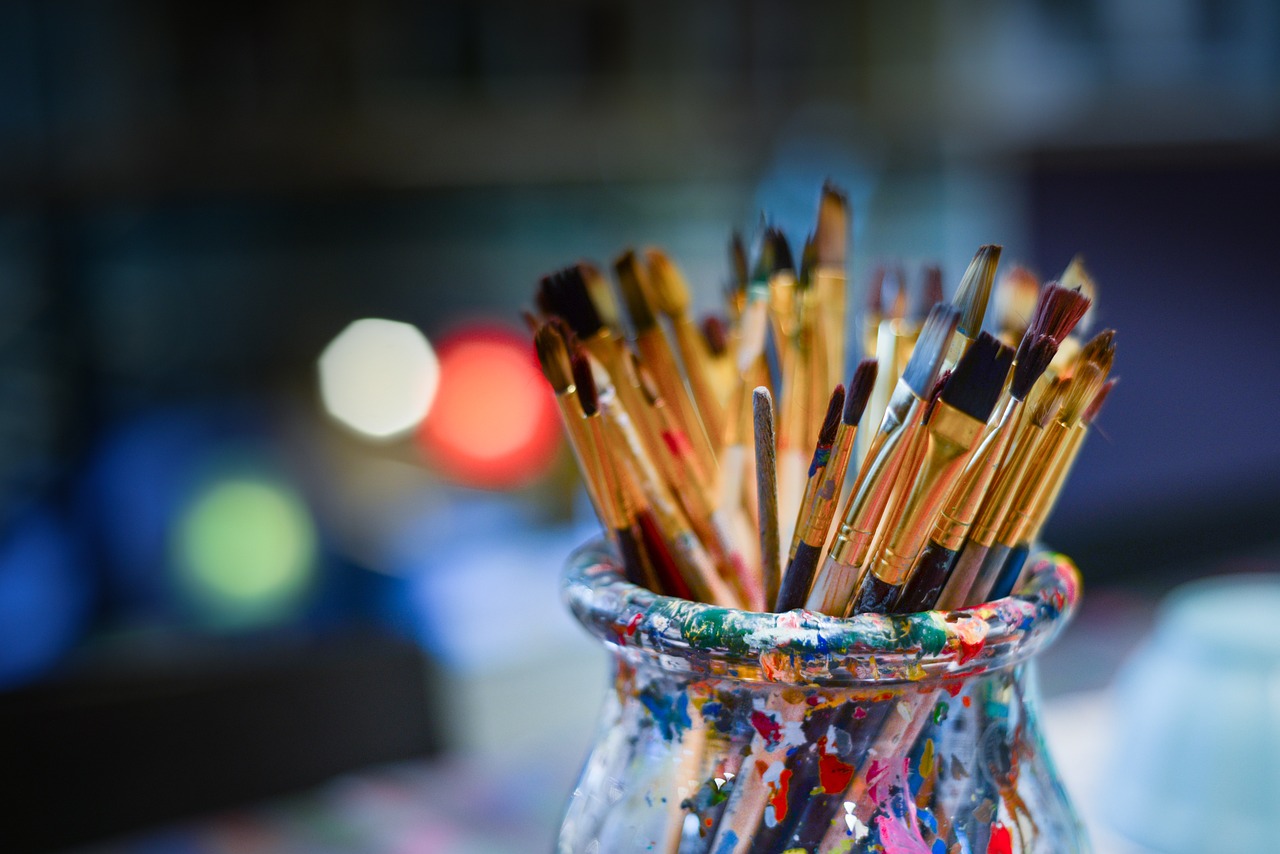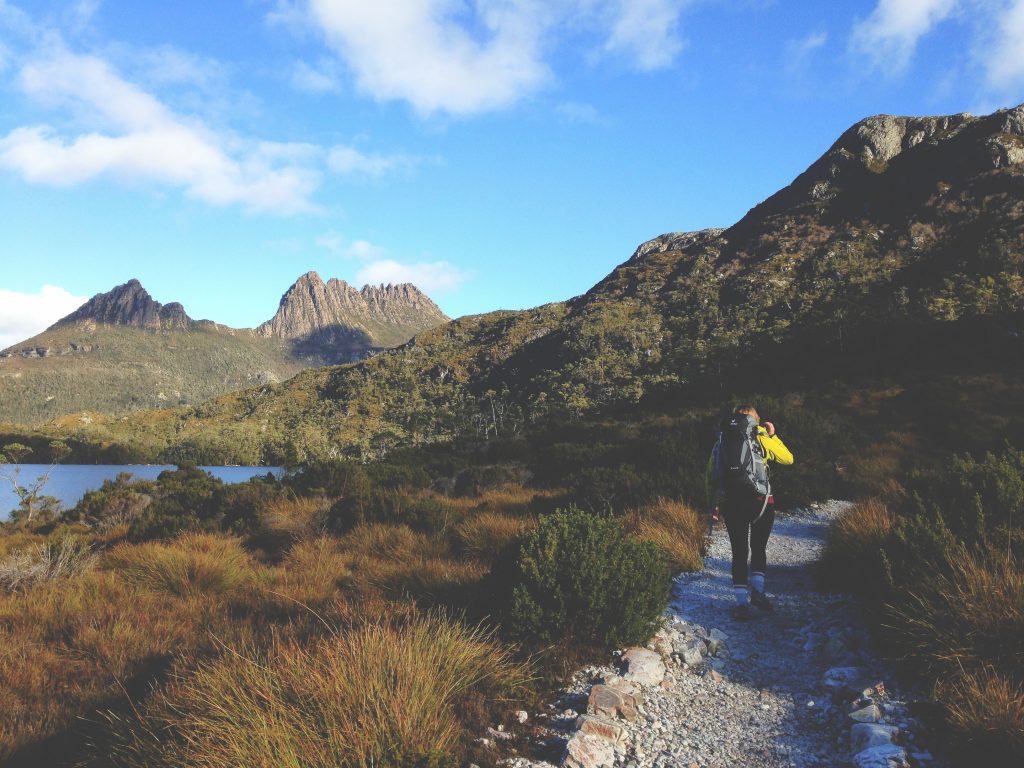Camera bags safeguard a photographer’s tools, creating a mobile studio ready for any creative spark.
Meanwhile, Age of Sigmar unleashes tabletop strategists into epic fantasy skirmishes where imagination reigns.
Both pursuits reward patience, skill, and an eye for detail, proving that diverse hobbies often share deeper common ground than first appears.
When you place them side by side, you discover fresh ways to document, celebrate, and elevate every pastime.
The Allure of Multifaceted Hobbies
Modern life rarely gives us the luxury of long, uninterrupted blocks of free time—yet hobbies still thrive. What draws us into nightly painting miniatures or scouting urban laneways at dawn for the perfect shot? At heart, hobbies satisfy three universal needs:
- Self-expression. Each click of a shutter or brushstroke on a model reflects personal style.
- Community. Clubs, forums, and local meet-ups connect like-minded enthusiasts.
- Progress. Mastery builds over months and years, offering an ongoing sense of achievement.
Photography and tabletop gaming exemplify these drivers. Both train your eye, test your creativity, and open doors to collaborative storytelling. Whether you prefer a viewfinder or a dice tray, the satisfaction of bringing an idea to life stays the same.
Picking Up the Camera: Seeing Stories Everywhere
For budding photographers, the first lesson is to notice light before lifting a lens. Observe how the morning sun traces golden outlines across weathered concrete or how late afternoon shade flattens colours into soft gradients. Developing that sensitivity transforms even mundane objects—dice, paint pots, or a freshly primed hero model—into compelling subjects.
- Framing practice at home
- Arrange hobby items on a neutral backdrop and test different focal lengths.
- Experiment with aperture settings to isolate one figure while gently blurring the rest.
- Adjust the white balance so metallic finishes sparkle without oversaturating colours.
Such exercises sharpen technical proficiency while producing shareable images of your collection. Over time, you’ll instinctively recognise pictorial opportunities at tournaments, painting nights, or casual skirmishes in the garage.
Tabletop Worlds in Miniature: Crafting Immersive Scenes
Building and painting armies is itself a visual discipline. Choosing harmonious colour palettes, layering highlights, and adding freehand insignias resemble principles taught in graphic design studios. The gaming table becomes a theatrical stage where terrain, lighting, and perspective influence the narrative.
Set dressing tips that also aid photography:
- Depth cues: Position taller ruins or trees at table edges to frame central action.
- Texture contrast: Mix rocky outcrops with grassy mats for visual variety.
- Ambient lighting: Warm LED strips under hills create moody under-glows that cameras adore.
Treating the battlefield as a diorama rather than a flatboard gives you spectacular set-ups ready for close-ups or sweeping angle shots.

Merging Visual Storytelling: From Diorama to Digital Gallery
When photographers embrace tabletop gaming—or gamers pick up cameras—each hobby enriches the other. Captured images freeze fleeting dice-roll drama and showcase individual craftsmanship. They also help preserve intricate paint jobs that might otherwise chip or gather dust over time.
Practical workflow for high-impact hobby photos
- Plan the narrative. Decide whether the image highlights a heroic duel, a full-army parade, or a behind-the-scenes painting moment.
- Build layers. Arrange models, terrain, and props from background to foreground to create depth.
- Dial in settings. Shoot at f/8–f/11 for group scenes or as wide as f/2.8 when isolating a single champion.
- Edit lightly. Minor exposure boosts and colour-temperature tweaks keep the miniature true to real-life hues.
- Archive and share. Maintain a naming convention that lists faction, unit, and paint scheme so files remain searchable for years.
What begins as a snapshot collection can evolve into tutorial slideshows, battle-report videos, or even a printed portfolio. Each format broadens your creative reach while documenting personal growth.
Gear Essentials Without the Gear Headache
It’s easy to feel paralysed by choice—prime lenses, adjustable tripods, wireless triggers. Start modestly:
- Reliable DSLR or mirrorless body: Even an entry-level model provides full manual control.
- Versatile zoom (24-70 mm equivalent): Covers wide army shots and individual hero portraits.
- Sturdy three-legged support: Prevents camera shake during long exposures or time-lapse painting sessions.
- Softbox or light tent: Diffuses harsh glare on glossy varnishes.
- Remote shutter release: Vital for keeping hands free to adjust miniatures mid-shoot.
Investment grows alongside skill. Upgrade only when current tools limit a creative idea you cannot realise otherwise.
Community and Sharing: Beyond Likes
Posting a finished project online often earns a quick thumbs-up, but deeper engagement comes from constructive dialogue. Ask fellow hobbyists for composition critiques or offer lighting tips in return. Collaborative challenges—such as recreating famous cinematic scenes with miniatures—spark fresh inspiration for everyone involved.
Offline, local clubs love seeing printed photographs pinned on noticeboards. Physical imagery validates members’ efforts and encourages newcomers to step up their painting game. Exhibiting work at conventions or gallery evenings further blends creative worlds, demonstrating that tabletop art deserves the same appreciation as traditional sculpture or model railways.
Mindful Balance: Keeping Passion Sustainable
Pursuing two intricate pastimes can stretch both budget and schedule. To sustain enthusiasm:
- Set realistic goals. Alternate months between expanding an army and refining photographic technique.
- Prioritise enjoyment over perfection. Minor paint errors or imperfect exposures rarely detract from the overall fun.
- Manage storage smartly. Index photos and safety box models to avoid clutter fatigue.
- Celebrate milestones. Finish a unit? Print a frame-worthy shot as tangible proof of progress.
Mindfulness turns potential burnout into a steady, fulfilling rhythm.
Conclusion: Framing Your Story
Whether adjusting the shutter speed to capture motion blur on spinning dice or meticulously highlighting an elven cloak, both hobbies teach you to see the world in miniature and macro. They nurture patience, ignite imagination, and remind us that the best stories often unfold on a small scale—only to be magnified through the lens.
By combining creative disciplines, you channel multiple skills into a single narrative loop: build, photograph, share, refine, repeat. The journey produces striking images, treasured models, and a vibrant network of friends who understand why certain pigments matter as much as ISO settings. Focus on what inspires you, and every hobby session becomes an art class and an adventure—ready to be captured in vivid detail.






